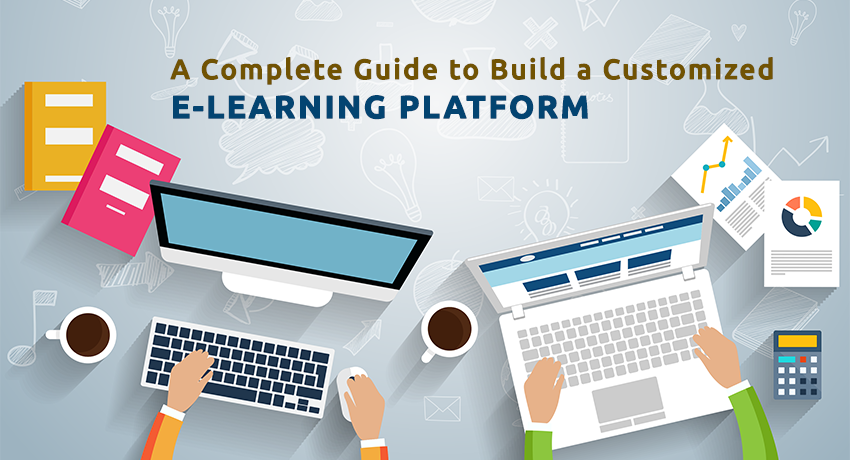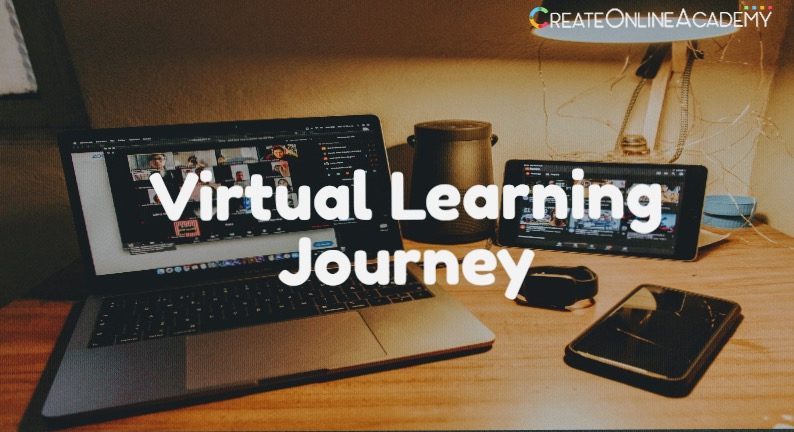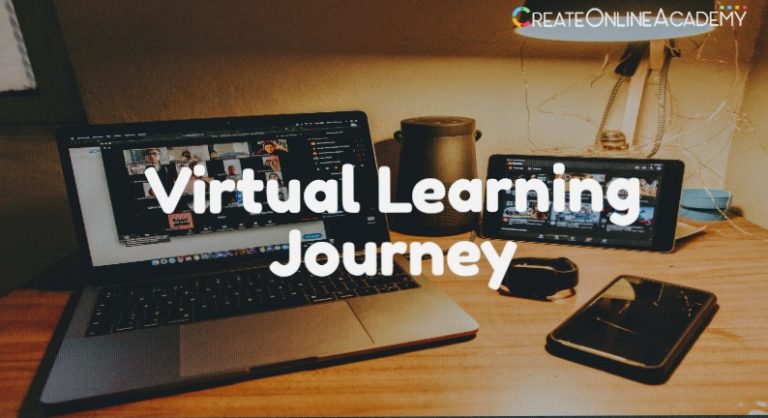E-Learning Platforms Can Change the Indian Education System

Brief Summary: This article explains the ways in which technology has changed the Indian education system. It deals with the various e-learning platforms available in the country, which have made education more accessible.
Introduction
The youth population of India is growing, and with it the country’s fluency in technology. No wonder then that education has also shifted online.
There are many learning apps focused on students of different ages. This has been a factor for the transformation of the Indian education system. E-learning is still taking baby steps in India, but the sky is really the limit.
Children living in remote areas earlier had little or no access to good education. But e-learning platforms have enabled them access to world-class teachers. It has effectively freed education from geographical constraints.
However, e-learning has many challenges.
Challenges Faced By E-learning
There are almost 700 million active internet users in India at present. Internet accessibility has increased manifold in the last five years. This rise has caused the rapid climb of online education start-ups. But a significant chunk of Indians still have no access to the internet.
The National Education Policy 2020 has recognized the significance of online education and made provisions to incorporate digital learning in the new education system. An autonomous body named the National Educational Technology Forum has been set up, to give a boost to digital education.
Digital Education is the Future
The Covid-19 pandemic has made it necessary for educational institutions to embrace technology. As a result, new digital teaching methods are being evolved, which benefits both teachers and students.
In truth, e-learning is an integral part of education. Here’s why:
Accessibility
For many children, going to school is difficult. Moreover, most schools in remote areas are poorly staffed, which makes the whole exercise futile. A child may travel miles each day to go to school, but learn very little.
The expense of education is also a significant factor. The underprivileged sections of society find it hard to pay school fees for all their children.
This is where digital education can be a game-changer. All a child needs is a basic smartphone/tablet/laptop and a good internet connection. This one-time investment will open up a world of opportunity, right in their homes.
Personalized Learning
Customized online courses can address individual issues in a way that conventional classroom learning never can. Students can set their own pace of learning and be free of peer pressure. They can choose subjects based on personal preference, instead of being passive receptacles of homogenized teaching.
Affordability
Good quality does not come cheap. This is true for education as well, especially in an unequal country like India. On top of exorbitant annual fees, most schools in India also demand a hefty monetary donation at the time of admitting students.
Barring a select few, most Indians cannot meet the financial demands of quality education. The poorer section especially opt out of educating their children altogether.
Subscriptions to e-learning platforms are much more affordable in comparison. A wider section of Indians are likely to adopt this method of education for their children. It will increase the enrolment rates and in turn, the rate of literacy.
Overall Impact
A transformation can only be considered worthwhile if it has a positive impact on all members of the ecosystem. E-learning can also affect beneficial changes in the entire educational ecosystem. Let us examine how.
Students: For learners, online education is the stepping stone towards learning beyond the classroom. Literally and figuratively. Their education need not be limited by any boundaries. Indeed, the sky is their only limit, when it comes to digital learning.
Parents: Parents can look forward to greater transparency thanks to digital education. They can monitor the progress of their children more closely, and identify their areas of interest better. Parents can become educational catalysts, and complement their children’s learning with additional courses.
Teachers: When education went solely online at the beginning of the pandemic, it was the hardest for the teachers to adapt to a new system. They had to climb a stiff learning trajectory in limited time. But they have achieved a lot. Across the country, teacher training programs are enabling them to become experts at handling technology. Real-time feedback and monitoring have also made it easier for teachers to address the gaps in learning. Most e-learning platforms generate automated performance reports, which helps share the burden of teaching.
Society: Digital learning can make education accessible to the economically backward sections of society. This will promote overall betterment of the nation.
Conclusion
The education system of India must keep in step with the changing times. Education can no longer remain separate from technology, as blended learning is the future.









